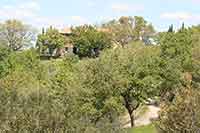Domenico Beccafumi in Palazzo Pubblico, Siena
|
Sala del Concistoro, The Sacrifice of King Codron of Athens
The Sala del Concistoro in Palazzo Pubblico in Siena, houses one of Domenico Beccafumi's best works, ceiling frescoes critical of Siena's medieval government.
|
Codrus Codrus (Greek: Κ?δρος) was the last of the semi-mythical Kings of Athens (r. ca 1089–1068 BC). He was an ancient exemplar of patriotism and self-sacrifice.[1] He was succeeded by his son Medon, who it is claimed ruled not as king but as the first Archon of Athens. Aristotle, however, in the Constitution of the Athenians states an alternative view that Medon was also King of Athens rather than first Archon.[2] The earliest version of the story of Codrus comes from the 4th oration Against Leocrates by Lycurgus of Athens.[3] During the time of the Dorian Invasion of Peloponnesus (c. 1068 BC), the Dorians under Aletes, son of Hippotes had consulted the Delphic Oracle, who prophesied that their invasion would succeed as long as the king was not harmed. The news of this prophecy, that only the death of an Athenian king would ensure the safety of Athens, quickly found its way to the ears of Codrus. In devotion to his people, Codrus disguised himself as a peasant and made it to the vicinity of the Dorian encampment across the river, where he provoked a group of Dorian soldiers. He was put to death in the quarrel, and the Dorians, realizing Codrus had been slain, decided to retreat in fear of their prophesied defeat. In the aftermath of these events, it was claimed that no one thought himself worthy to succeed Codrus and so the title of king was abolished, and that of archon substituted for it. |
Mappa Palazzo Pubblico, Siena| Ingrandire mappa
|
Aristotle presented an alternative view that Codrus was succeeded as King by his sons Medon, and then Acastus.[4] References |
|
|
 |
Codrus, the last king of Athens, on a Attic red-figure cup of Bologna [2]
|
 |
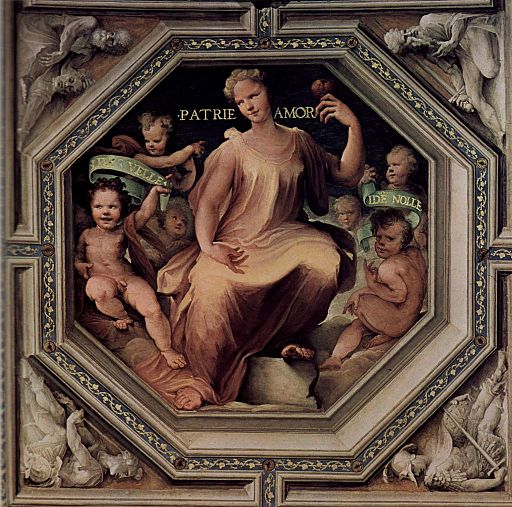 |
 |
||
| Patriea Amor, allegorie | Mutua Benevolentia
|
|||
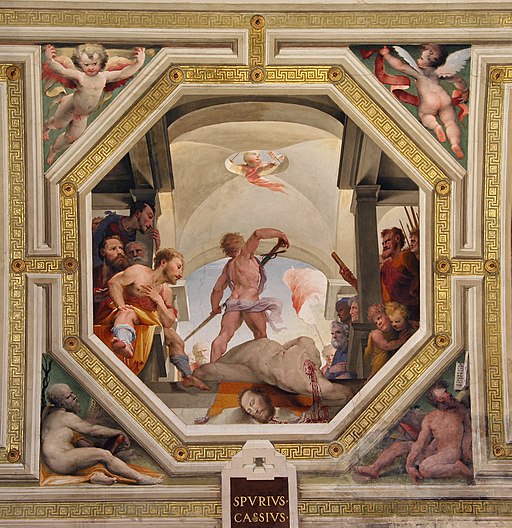 |
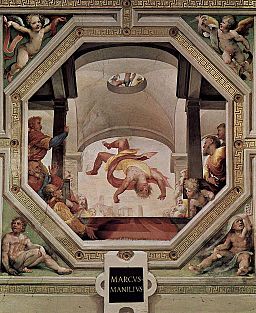 |
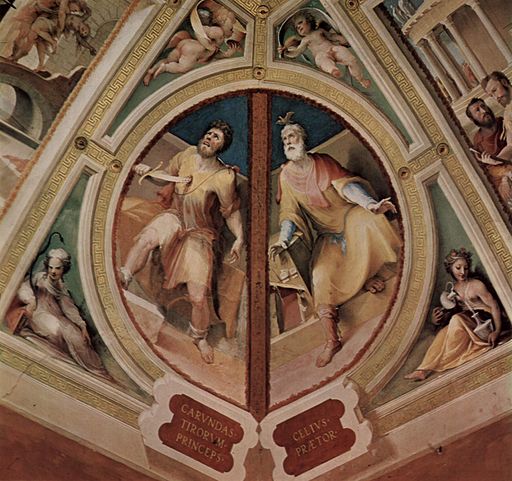 |
||
Spurio Cassio
|
Marcus Manlius | Figure dell'antica Roma | ||
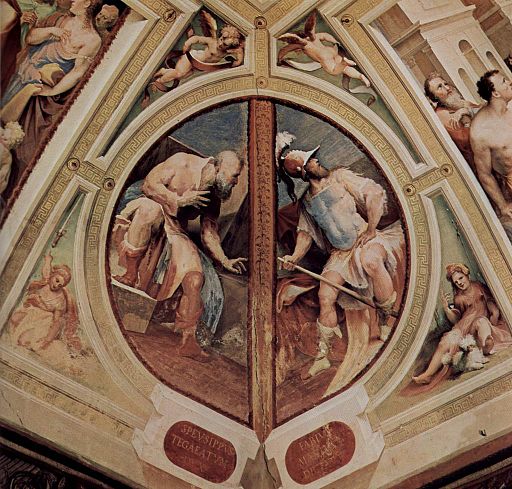 |
 |
 |
||
Vittima di Codro, re di Atene
|
Giustizia | |||
 |
||||
Sacrificio di Seleuco di Locri
|
||||
|
||||
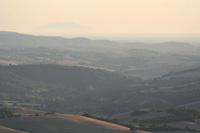 |
||||
Podere Santa Pia |
View from Podere Santa Pia on the Valle d'Ombrone | View from Podere Santa Pia
on the coast and Corsica |
||
|
||||
Codrus
|
||||
This article incorporates material from the Wikipedia article Codrus published under the GNU Free Documentation License. |
||||


